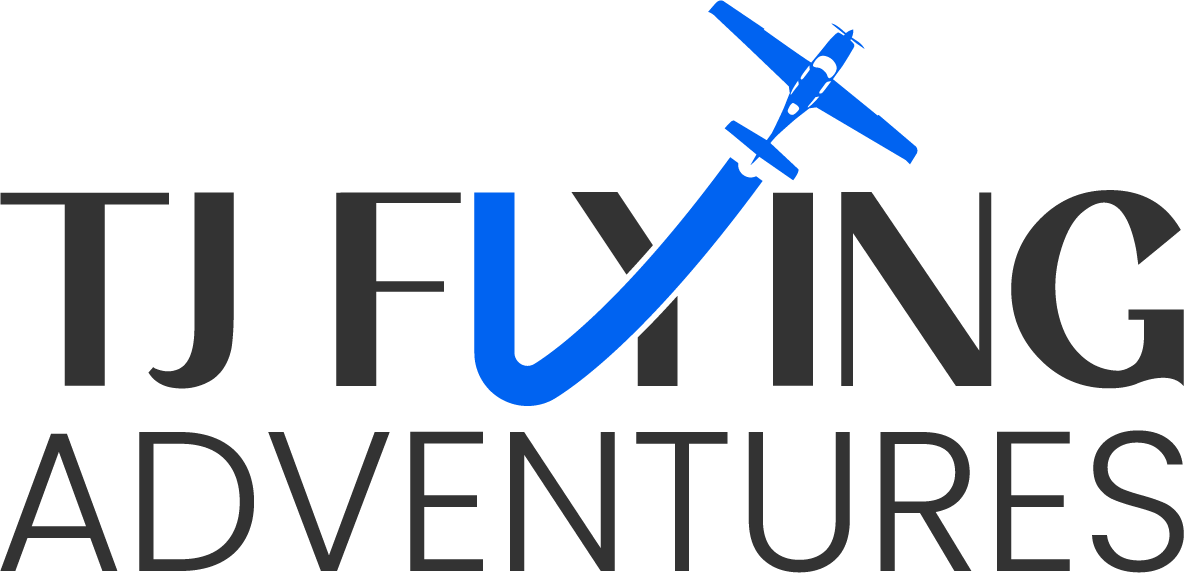Flying A Chandelle
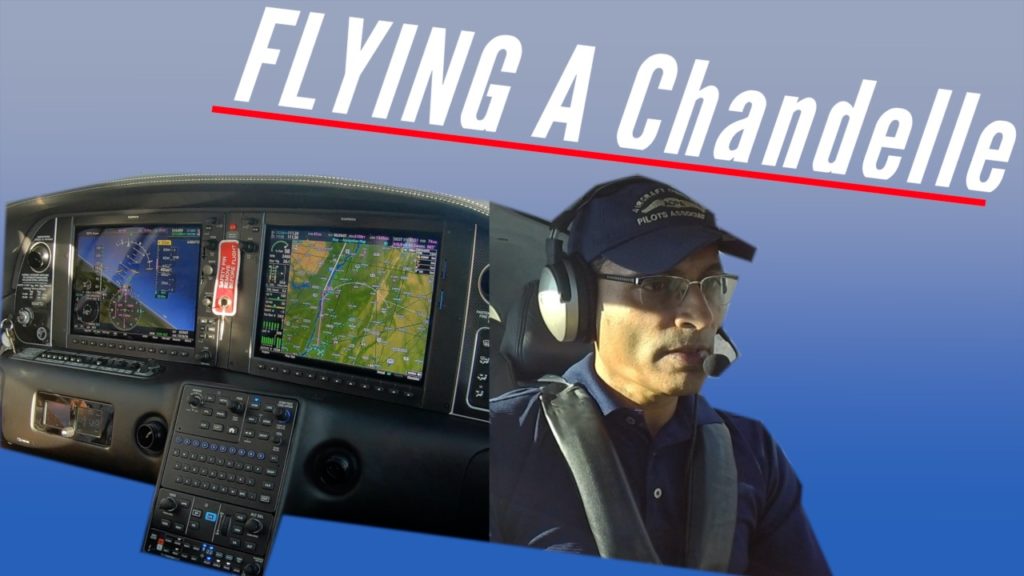
Since most of the northeast is still on lockdown during Covid-19, there is still really nowhere to go. But it’s still a good time to fly and use this time to practice basic flying maneuvers. For this flight I decided to practice chandelles and a few approaches. The first chandelle, I forgot to turn the […]
Practice Flight Over Rhode Island
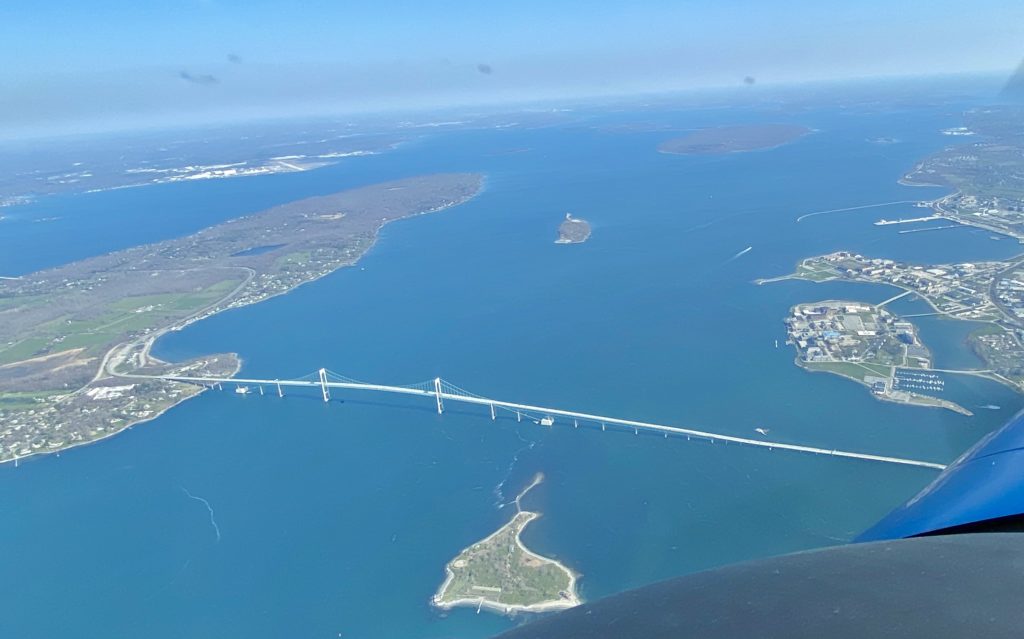
Another exciting week of Covid-19 life (NOT)! This week was far from exciting. In fact, between working from home and only leaving the house for the occasional grocery run, it was quite boring. As a result, I was eager to escape to the skies. Unfortunately, the rest of the country is still on lockdown. So […]
Getting Back In The Saddle
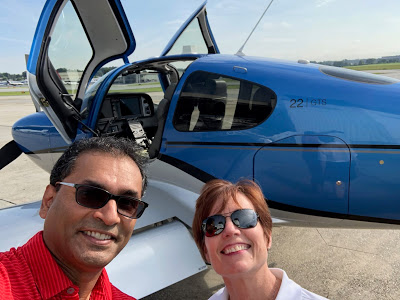
After a 4+ year hiatus from flying, I have been itching to get “Back in the Saddle”. The closest I had been to flying was playing with drone, which was fun …. But nowhere near the same as true flying. You can see some of my drone pix/videos here: However, I was dreading the process […]
My Journey To the Commercial Ticket
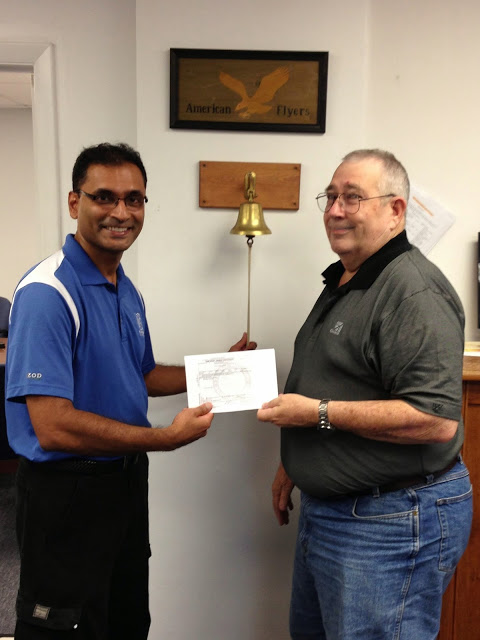
“A good pilot is always learning” During my 8 years of flying as an FAA private pilot, I tried my best to stick to this mantra. From flying my own plane every chance I got, to taking lots of Cirrus training, aerobatics training & even seaplane training, I was constantly learning, studying, practicing and, of […]
Spotting Castles and Crossing New Borders

After a couple of weeks of preparation, I was totally ready for my flight in Germany. While I had read up on the many nuances of flying here, I didn’t really look carefully enough at the map. I didn’t realize how close Baden-Baden was to France. In fact, my hotel was walking distance to the French […]
Things Falling Into Place
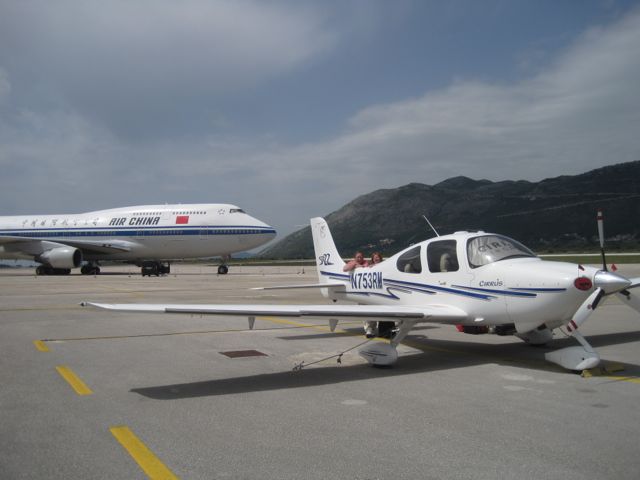
Sometimes things just have a way of falling into place… For me, this has recently been the case as I prepared for my annual recurrent training. Usually, I accomplish my recurrent training by attending a CPPP. But this year I decided to do it with a twist. Instead of attending the course in Lakeland or […]
Seaplane Training
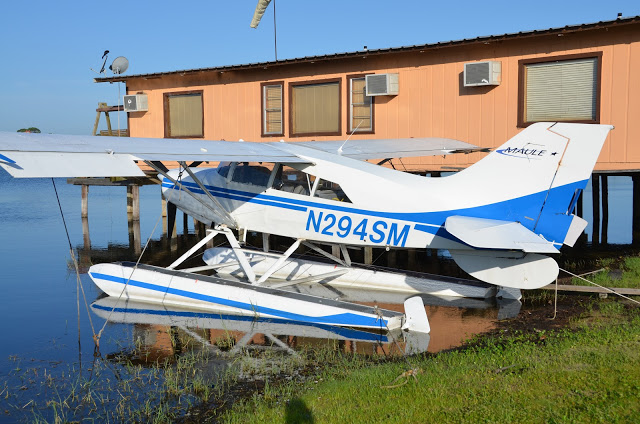
After almost a month in Colombia for work, I was back in the country and eager to get back in the air! After 4 weeks on the ground, I was a feeling a little rusty. But I needed to get over it quickly because this weekend I had some serious new training planned. For the […]
Aerobatics Training In a Zlin
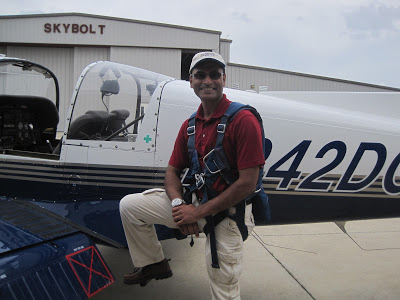
As you have probably noticed, I have not been posting much lately. It is NOT because I am flying less. In fact, I have been flying quite a bit lately. However, most of my flights were routine with nothing that I hadnt posted about before. But this week, things really started to change! After finishing […]
Training Mission Accomplished!
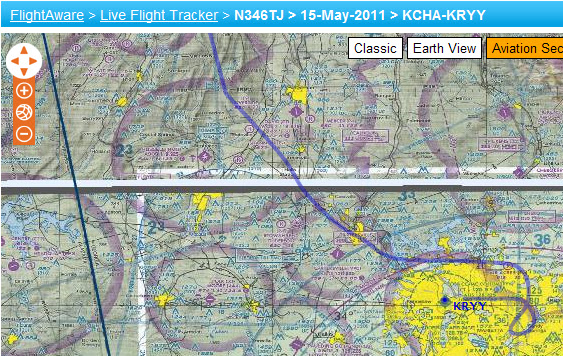
This past weekend was fun, educational and downright grueling! As expected, the ground portion of the CPPP covered some specific topics, like in-flight weather, engine management and aviation safety. The stats around Cirrus accidents and parachute deploys were quite a surprise to me. However, the flight training was the really significant part for me this […]
Off To Training In Atlanta
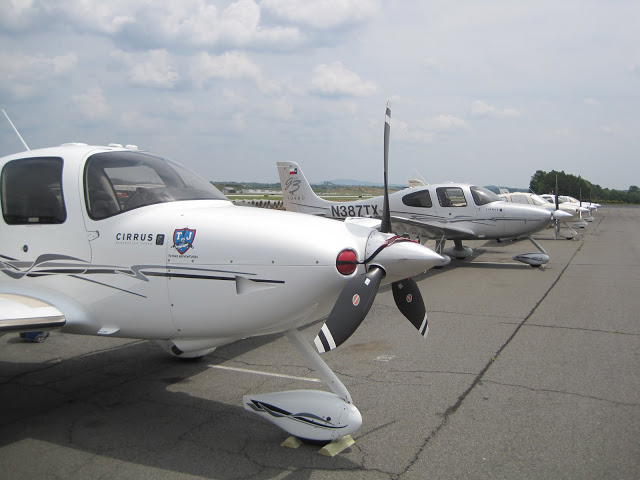
It’s that time of year again. Like most pilots, my insurance company “requires” (or should I say “financially encourages”) me to take annual recurrent training. The first few years of plane ownership, I would simply follow the basic FAA Wings program and do some 1-1 training with a local flight instructor. This was enough to […]
